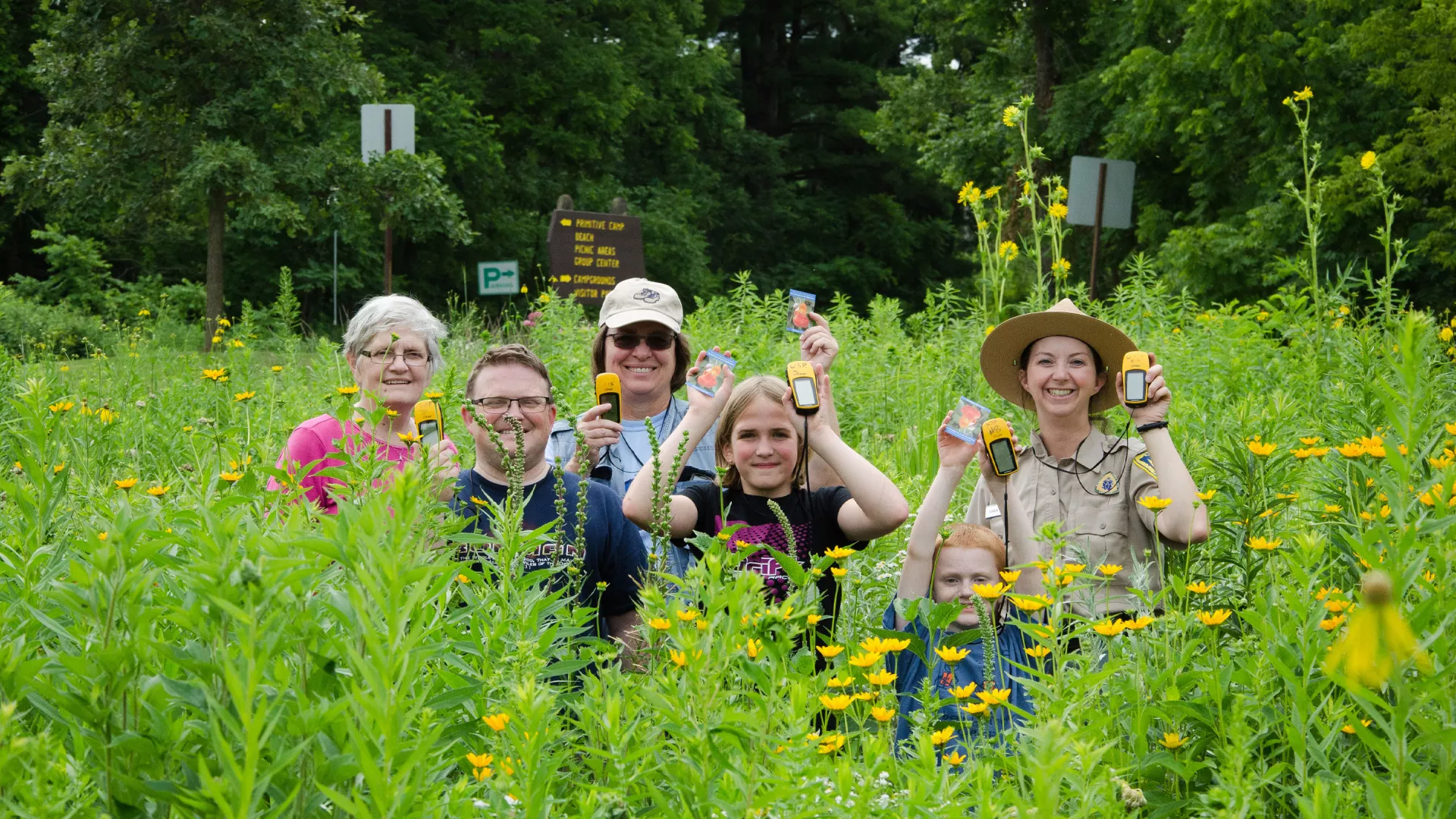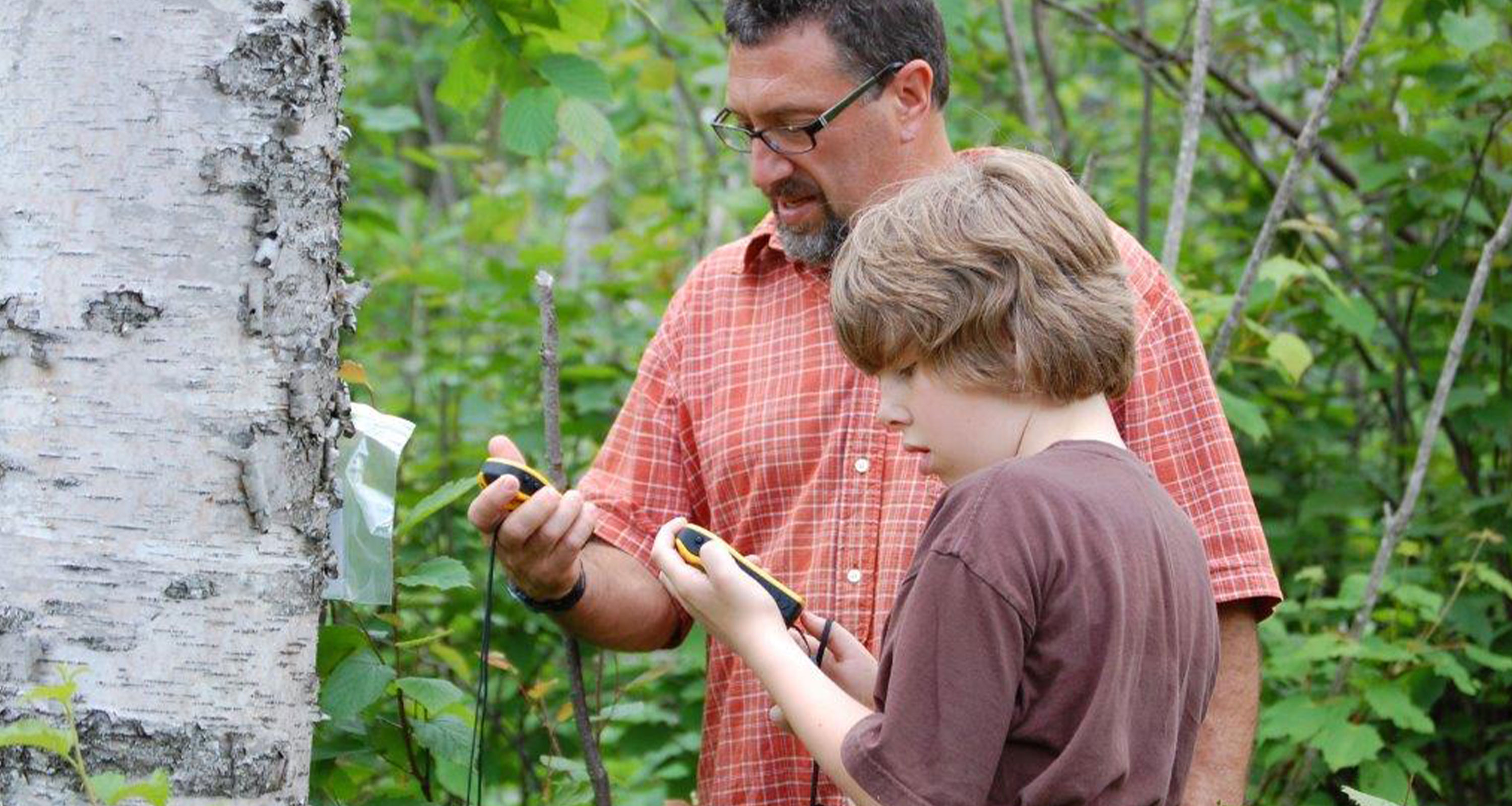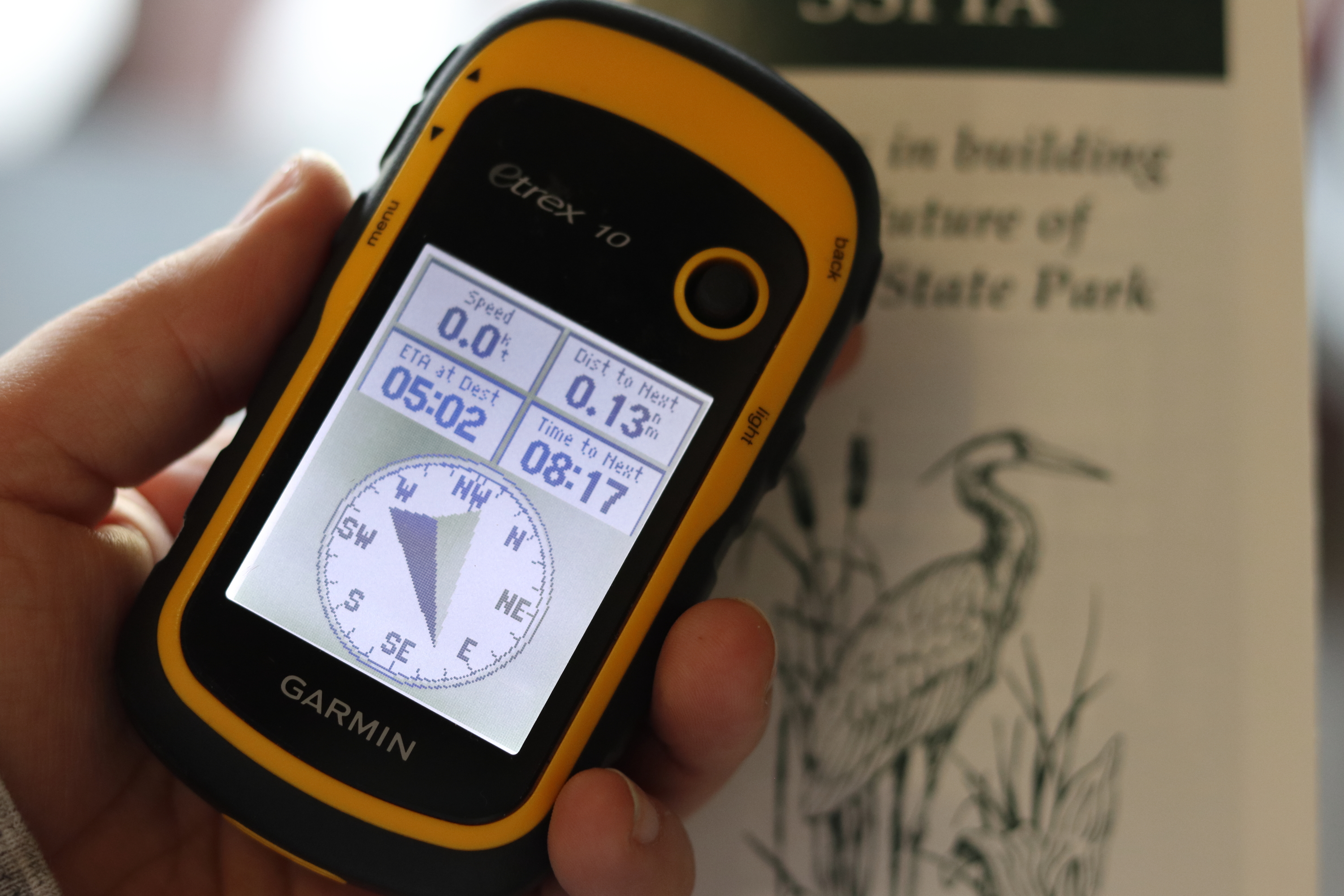
- Home
- Outdoors
How to Go Geocaching in Minnesota
Geocaching is like a global scavenger hunt for the modern era — a great way to explore the outdoors whether you're with a small group of friends or your entire family.
Here is how to experience the phenomenon first-hand in Minnesota, starting with a simple definition....
What is geocaching?
The basic concept behind geocaching is relatively simple: Participants use handheld global positioning system (GPS) devices or their smartphones to navigate to the latitude and longitude coordinates where other participants have hidden caches. Official caches are listed via geocaching.com and a mobile app that's available for Apple and Android devices.
Every cache includes ratings for how difficult it is to find and the trickiness of its surrounding terrain. The caches themselves are often waterproof containers that blend in with the surrounding landscape. Once a cache is located, players are encouraged to supplant whatever's been left inside with a trinket of equal or greater value.

Where can you find caches in Minnesota?
The Geocaching app shows you a map of all the caches in your area. Pick one and the app will get you within its general vicinity, but not too close. The easiest caches to locate might be in a small park and easy to see because they’re hanging from a tree. In other cases, they might be disguised as rocks or sticks.
While some caches are hidden on private land, the majority are in public green spaces throughout the state. For example, every state park has at least one cache hidden within its boundaries, and many offer free GPS units. (Check out a complete list of loaner kits over at the DNR.) Some parks have even built special quests around everything from history lessons to animal habitats.

What are the different kinds of geocaches?
Geocaches come in all shapes, sizes and styles. Here are some common types:
- Traditional Cache: The most straightforward of the bunch, a traditional geocache is simply a container you'll find after getting yourself to the given coordinates. Most if not all will contain a logbook, at the very least.
- Multi-Cache: Like a traditional geocache, but with multiple stops. Instructions to the first cache can be found online, but to find the hidden treasure at the end of the rainbow you'll need to follow the instructions or coordinates at each stop along the way.
- Travel Bugs: Another variation on geocaching that is especially fun for road trips is the travel bug geocache. Think of travel bug caches like game pieces moving across a board. Each bug has a goal (“this travel bug wants to go to Duluth”), and it’s your job to carry the bug for part or all of its journey.
- EarthCache: These geocaches come in many varieties, but the common thread tying them all together is that each EarthCache is designed to help you learn about a unique geological feature or aspect of the planet. Before logging an EarthCache, you'll need to answer questions about the geological feature by which it was placed.
Of course, there are many more types of geocaches, but rather than spell it out for you, we thought you might want to discover them for yourselves. After all, isn't that what geocaching's all about?